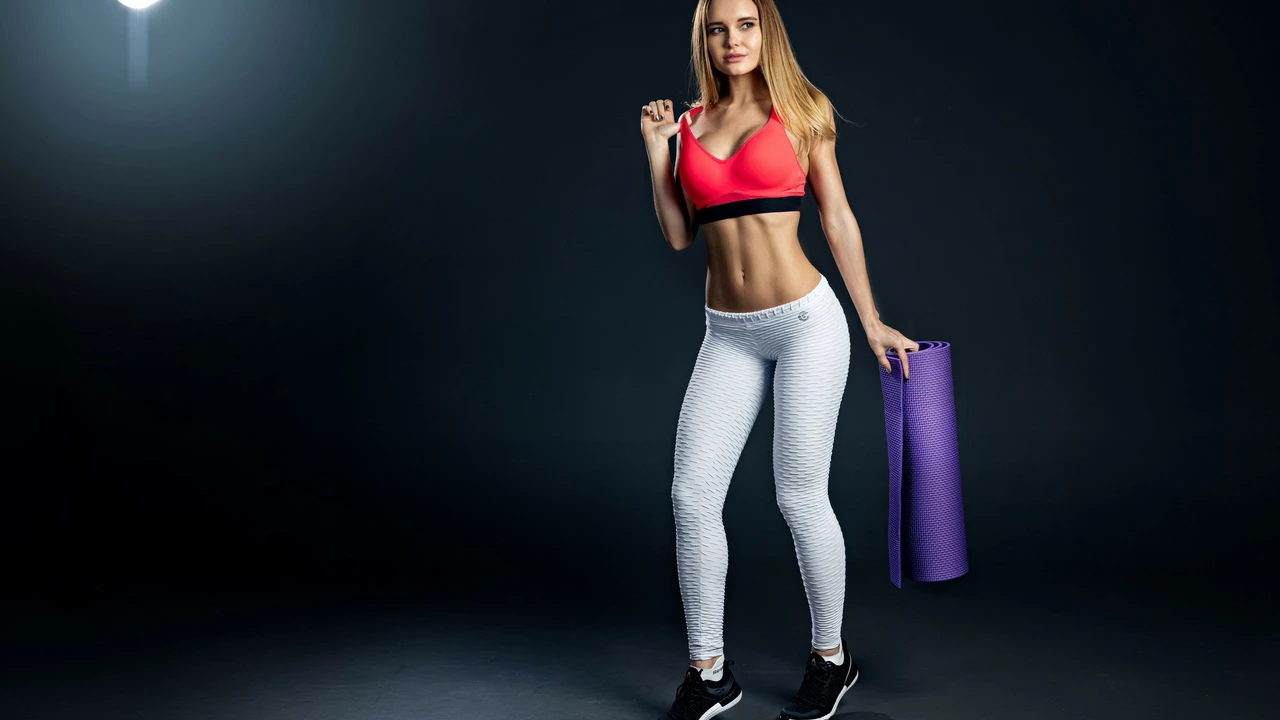Athletic Wear Essentials for Soccer Lovers
If you love the beautiful game, you know the right kit can make or break a performance. Whether you’re sprinting down the wing, defending a corner, or just cheering from the stands, the gear you wear matters. Good athletic wear keeps you comfy, helps you move faster, and can even protect you from injuries.
Choosing the Right Cleats
Cleats are the most talked‑about piece of soccer gear, and for good reason. When picking a pair, look at the ground you’ll play on. Firm grass fields need stud patterns that dig in without slipping, while artificial turf works best with shorter, more evenly spaced studs. Comfort is key – try them on with the socks you usually wear and make sure there’s a little wiggle room for your toes. A snug fit prevents blisters, and a lightweight design helps you stay quick on your feet.
Training Apparel That Works
Training sessions are where you build stamina, so you need clothing that wicks sweat and breathes. Moisture‑wicking shirts and shorts made of polyester or nylon keep you dry and stop that sticky feeling after a hard drill. Look for flatlock seams; they reduce chafing when you’re sprinting or sliding. For colder evenings, a tight‑fit compression layer adds warmth without weighing you down, and it can help muscle recovery.
Don’t forget about socks. A good soccer sock should be breathable, have a little stretch at the calf, and stay up during the whole game. Many players swear by socks with extra padding around the shin for a little extra comfort when they’re wearing shin guards.
If you’re a fan who wants to show support on the pitch, many brands now make replica kits that use the same breathable fabrics as the pros. You get the look and the feel without paying a premium for a match‑worn shirt.
When you shop for athletic wear, keep the season in mind. In summer, lighter fabrics with UV protection can keep you from overheating. In winter, layered options let you add or remove pieces as the temperature changes.
Cleaning your gear right matters too. Wash cleats in warm water (no hot wash) and let them air dry – heat can warp the studs. For shirts and shorts, turn them inside out, use a gentle detergent, and avoid fabric softener; it can clog the moisture‑wicking pores.
Now that you know the basics, the next step is testing. Try a few different brands, compare how they feel on the field, and see which ones last the longest. Your personal comfort will tell you which kit is the right fit.
Bottom line: Athletic wear isn’t just about looking good. It’s about moving better, staying comfortable, and protecting yourself. Pick the right cleats for your surface, choose breathable training clothes, and care for them properly – and you’ll feel the difference every time you step onto the pitch.

- Jul, 19 2023
- 0 Comments
- Finnegan Callaghan
Should soccer jerseys be tight?
In the world of soccer, there's been an ongoing debate about whether or not jerseys should be tight. Some argue that tighter jerseys can enhance performance by reducing drag and allowing for smoother movement, while others worry it could be restrictive or uncomfortable. There's also the issue of aesthetics, with many fans and players preferring the sleek look of a fitted jersey. However, ultimately, the decision should be made on an individual basis, taking into account the player's comfort and the requirements of the game. After all, comfort and confidence on the field are key to a great performance.
Read More